How to install and use the Redis monitoring tool RedisInsight
1. Introduction to RedisInsight
RedisInsight is an intuitive and efficient Redis GUI management tool. It can monitor the memory, number of connections, hit rate and normal running time of Redis, and can be used on the interfaceCLI Interact with connected Redis (RedisInsight has built-in support for the Redis module): Official portal
Functions provided by RedisInsight:
The only one that supports Redis Cluster's GUI tool;
can search keys, view and edit data based on the
Browserinterface;Supports connections based on
SSL/TLS, and can also perform memory analysis on the interface;
2. RedisInsight installation and use
1. Physical installation
1) Download RedisInsight package: Portal
[root@Redis ~]# ls anaconda-ks.cfg redisinsight-linux64-1.11.0 [root@Redis ~]# mkdir /usr/local/redisinsight [root@Redis ~]# mv redisinsight-linux64-1.11.0 /usr/local/redisinsight/redisinsight-1.11.0 [root@Redis ~]# chmod +x /usr/local/redisinsight/redisinsight-1.11.0

2) Configure RedisInsight Environment variable
[root@Redis ~]# echo "export REDISINSIGHT_HOST=192.168.1.1" >> ~/.bash_profile [root@Redis ~]# echo "export REDISINSIGHT_HOST_DIR=/usr/local/redisinsight/.redisinsight" >> ~/.bash_profile [root@Redis ~]# source ~/.bash_profile
Comments:
REDISINSIGHT_PORT: Configure the listening port of RedisInsight (default: 8001)
REDISINSIGHT_HOST: Configure the IP address of RedisInsight (default: 0.0.0.0)
LOG_DIR: Configure The log storage path of RedisInsight (default: REDISINSIGHT_HOST_DIR)
REDISINSIGHT_HOST_DIR: Configure the data storage path of RedisInsight (default: ~/.redisinsight)
3) Start the RedisInsight service
[root@Redis ~]# nohup /usr/local/redisinsight/redisinsight-linux64-1.4.0 & // 后台运行 [root@Redis ~]# ps aux | grep redis // 查看进程是否存在

2.Kubernetes installation
1) Create the yaml file of RedisInsight:
[root@Redis ~]# vim redisinsight.yaml
apiVersion: v1
kind: Service
metadata:
name: redisinsight-service
spec:
type: NodePort
ports:
- port: 80
targetPort: 8001
nodePort: 31888
selector:
app: redisinsight
---
apiVersion: apps/v1
kind: Deployment
metadata:
name: redisinsight
labels:
app: redisinsight
spec:
replicas: 1
selector:
matachLabels:
app: redisinsight
template:
metadata:
labels:
app: redisinsight
spec:
containers:
- name: redisinsight
image: redislabs/redisinsight:1.7.0
imagePullPolicy: IfNotPresent
volumeMounts:
- name: db
mountPath: /db
ports:
- containerPort: 8001
protocol: TCP
volumes:
- name: db
emptyDir: {}2) Start RedisInsight
[root@Redis ~]# kubectl apply -f redisinsight.yaml

3.RedisInsight Basics Use
to install Redis (you can skip it if you have already installed it)
[root@Redis ~]# wget https://download.redis.io/releases/redis-6.2.6.tar.gz [root@Redis ~]# tar zxf redis-6.2.6.tar.gz [root@Redis ~]# cd redis-6.2.6 [root@Redis redis-6.2.6]# make PREFIX=/usr/local/redis install [root@Redis redis-6.2.6]# sed -i '/^bind 127.0.0.1/s/127.0.0.1/192.168.1.1/g' redis.conf # 修改监听 IP [root@Redis redis-6.2.6]# sed -i '/protected-mode/s/yes/no/g' redis.conf # 关闭保护模式 [root@Redis redis-6.2.6]# sed -i '/daemonize/s/no/yes/g' redis.conf # 开启后台运行 [root@Redis redis-6.2.6]# sed -i '/requirepass/s/foobared/123123/g' redis.conf # 配置密码 [root@Redis redis-6.2.6]# sed -i '/requirepass 123123/s/^#//g' redis.conf # 将密码前的 # 删除 [root@Redis redis-6.2.6]# cp redis.conf /usr/local/redis/ [root@Redis redis-6.2.6]# /usr/local/redis/bin/redis-server /usr/local/redis/redis.conf # 启动 Redis
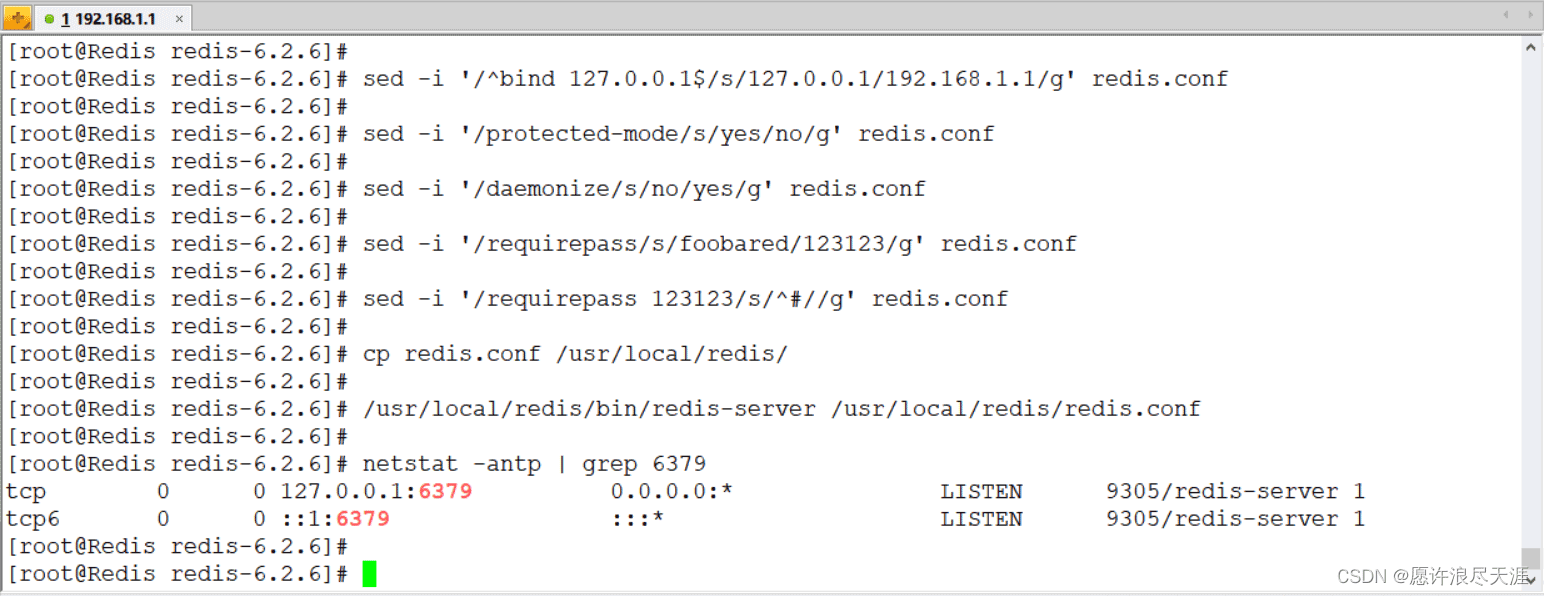
1) Access the management interface of RedisInsight through the configured IP and port:
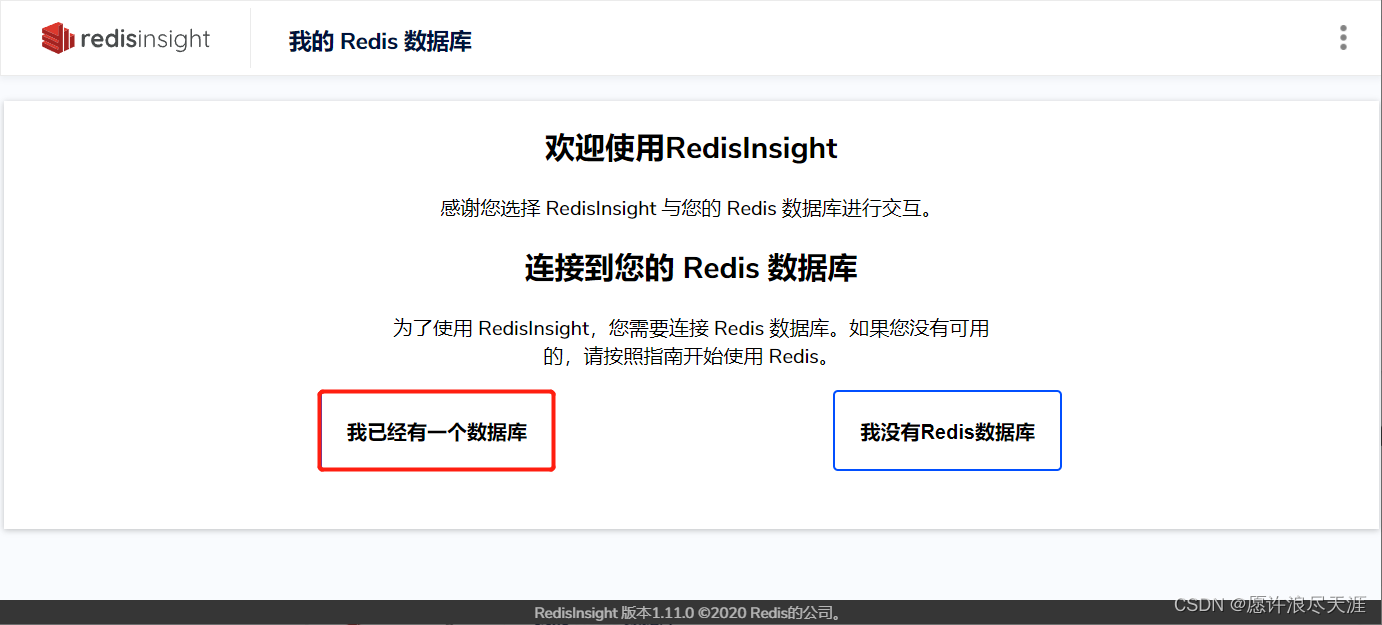
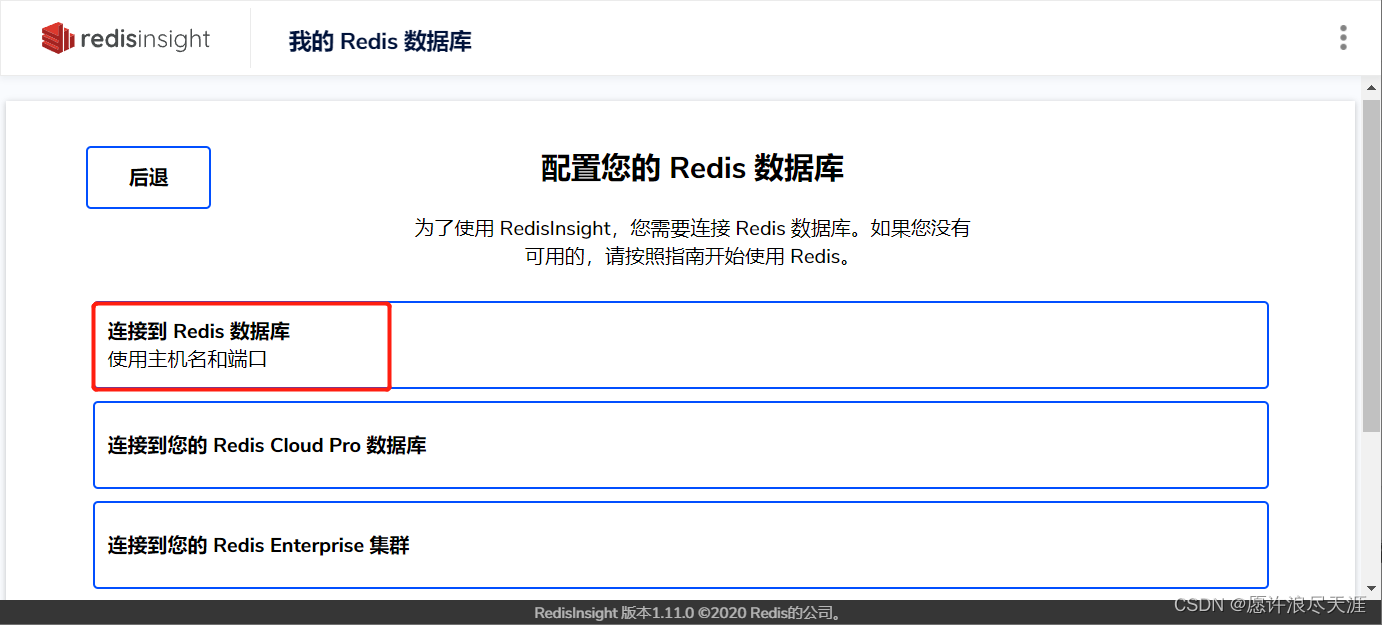
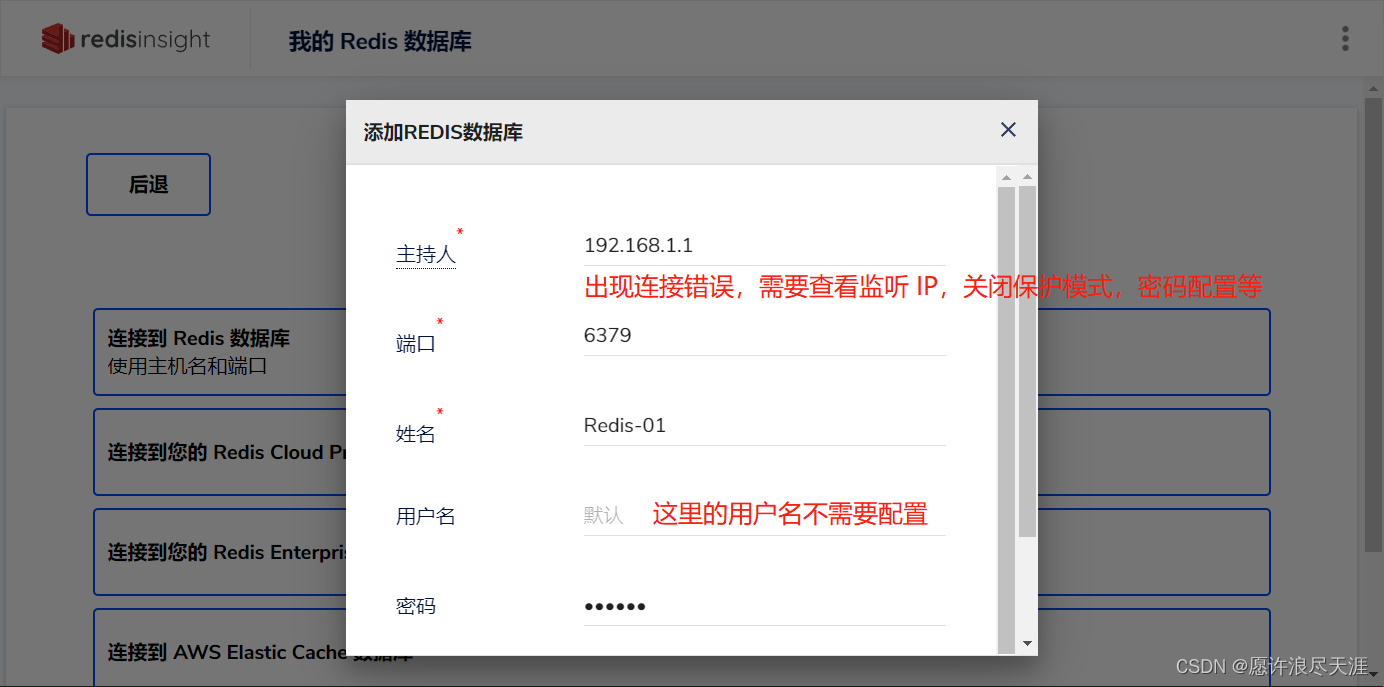
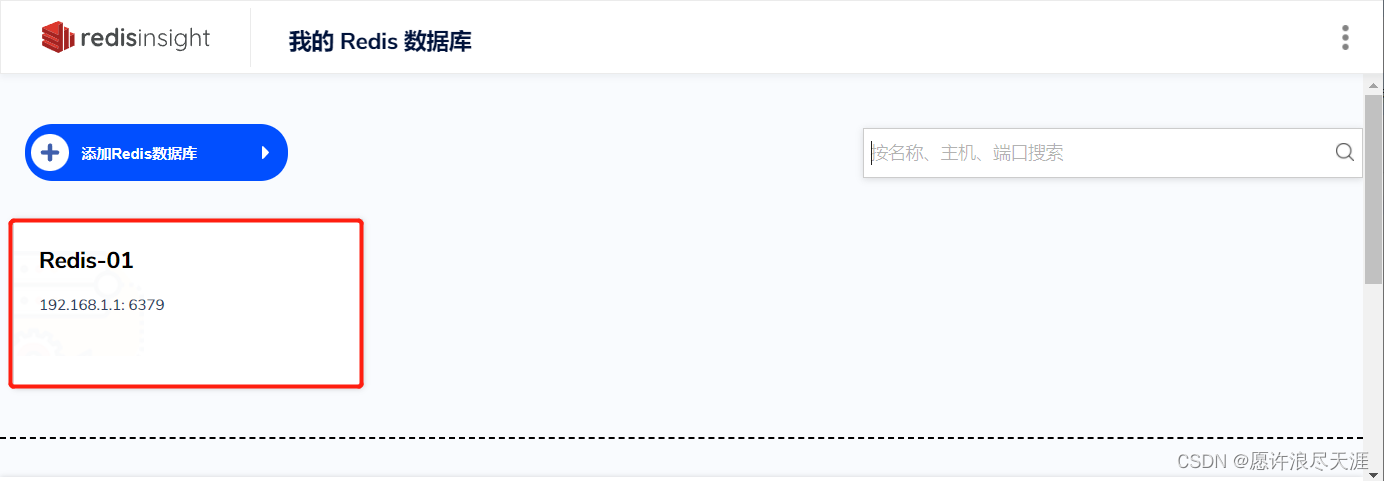

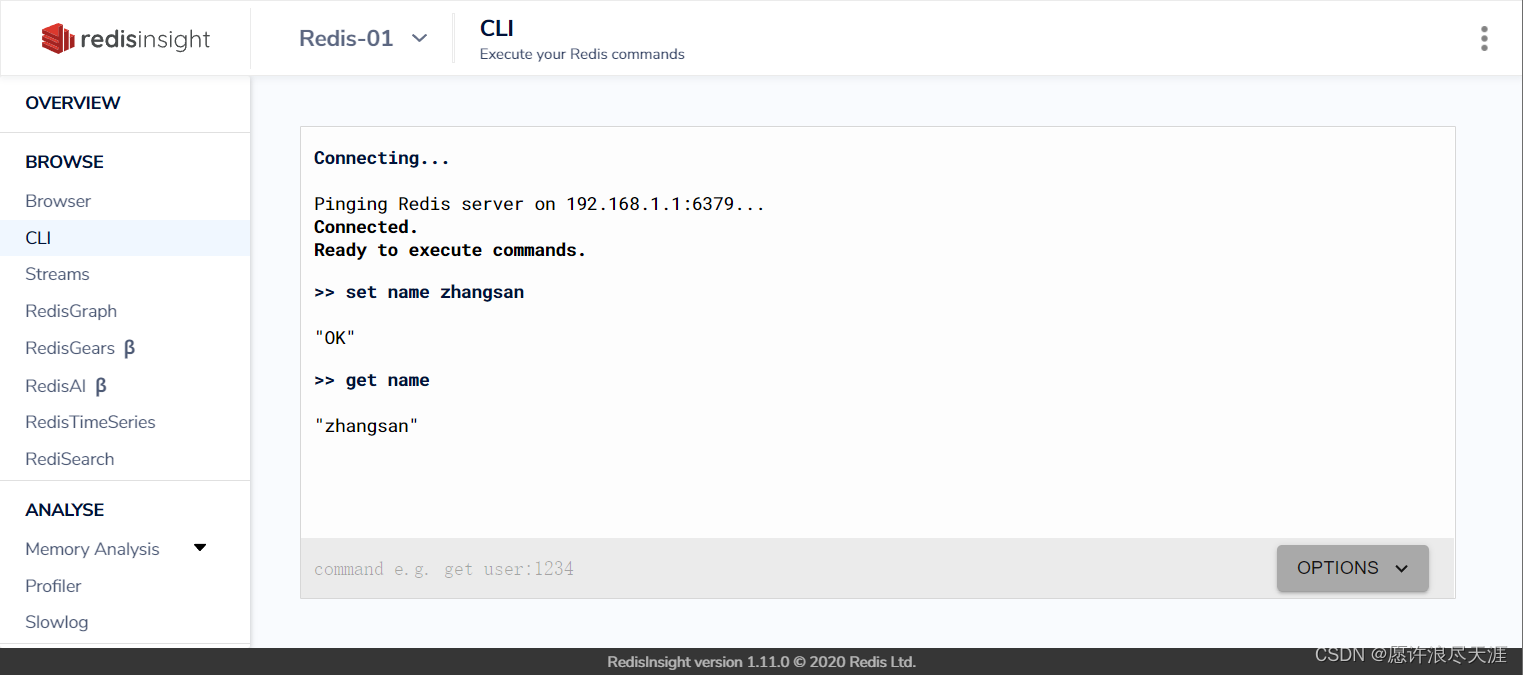
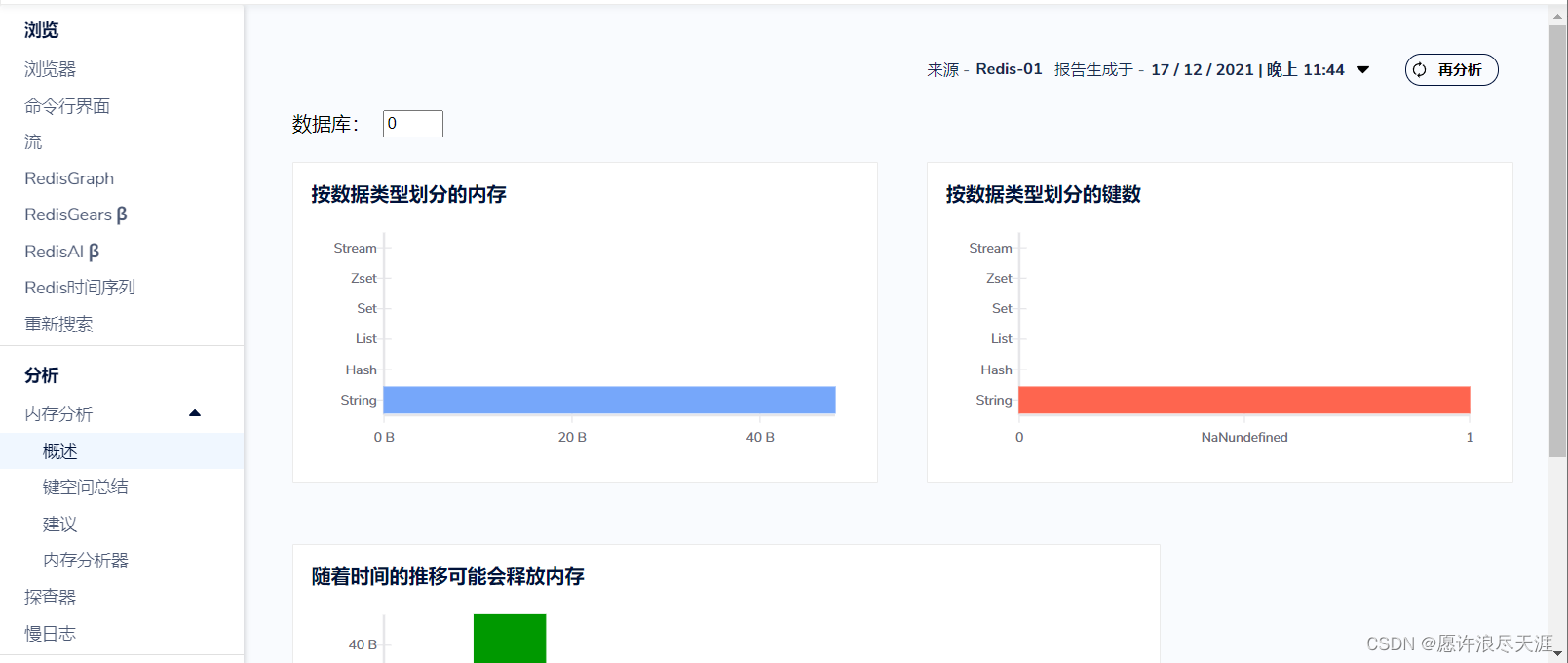
The above is the detailed content of How to install and use the Redis monitoring tool RedisInsight. For more information, please follow other related articles on the PHP Chinese website!

Hot AI Tools

Undresser.AI Undress
AI-powered app for creating realistic nude photos

AI Clothes Remover
Online AI tool for removing clothes from photos.

Undress AI Tool
Undress images for free

Clothoff.io
AI clothes remover

Video Face Swap
Swap faces in any video effortlessly with our completely free AI face swap tool!

Hot Article

Hot Tools

Notepad++7.3.1
Easy-to-use and free code editor

SublimeText3 Chinese version
Chinese version, very easy to use

Zend Studio 13.0.1
Powerful PHP integrated development environment

Dreamweaver CS6
Visual web development tools

SublimeText3 Mac version
God-level code editing software (SublimeText3)

Hot Topics
 1666
1666
 14
14
 1425
1425
 52
52
 1327
1327
 25
25
 1273
1273
 29
29
 1252
1252
 24
24
 How to build the redis cluster mode
Apr 10, 2025 pm 10:15 PM
How to build the redis cluster mode
Apr 10, 2025 pm 10:15 PM
Redis cluster mode deploys Redis instances to multiple servers through sharding, improving scalability and availability. The construction steps are as follows: Create odd Redis instances with different ports; Create 3 sentinel instances, monitor Redis instances and failover; configure sentinel configuration files, add monitoring Redis instance information and failover settings; configure Redis instance configuration files, enable cluster mode and specify the cluster information file path; create nodes.conf file, containing information of each Redis instance; start the cluster, execute the create command to create a cluster and specify the number of replicas; log in to the cluster to execute the CLUSTER INFO command to verify the cluster status; make
 How to clear redis data
Apr 10, 2025 pm 10:06 PM
How to clear redis data
Apr 10, 2025 pm 10:06 PM
How to clear Redis data: Use the FLUSHALL command to clear all key values. Use the FLUSHDB command to clear the key value of the currently selected database. Use SELECT to switch databases, and then use FLUSHDB to clear multiple databases. Use the DEL command to delete a specific key. Use the redis-cli tool to clear the data.
 How to read redis queue
Apr 10, 2025 pm 10:12 PM
How to read redis queue
Apr 10, 2025 pm 10:12 PM
To read a queue from Redis, you need to get the queue name, read the elements using the LPOP command, and process the empty queue. The specific steps are as follows: Get the queue name: name it with the prefix of "queue:" such as "queue:my-queue". Use the LPOP command: Eject the element from the head of the queue and return its value, such as LPOP queue:my-queue. Processing empty queues: If the queue is empty, LPOP returns nil, and you can check whether the queue exists before reading the element.
 How to configure Lua script execution time in centos redis
Apr 14, 2025 pm 02:12 PM
How to configure Lua script execution time in centos redis
Apr 14, 2025 pm 02:12 PM
On CentOS systems, you can limit the execution time of Lua scripts by modifying Redis configuration files or using Redis commands to prevent malicious scripts from consuming too much resources. Method 1: Modify the Redis configuration file and locate the Redis configuration file: The Redis configuration file is usually located in /etc/redis/redis.conf. Edit configuration file: Open the configuration file using a text editor (such as vi or nano): sudovi/etc/redis/redis.conf Set the Lua script execution time limit: Add or modify the following lines in the configuration file to set the maximum execution time of the Lua script (unit: milliseconds)
 How to use the redis command line
Apr 10, 2025 pm 10:18 PM
How to use the redis command line
Apr 10, 2025 pm 10:18 PM
Use the Redis command line tool (redis-cli) to manage and operate Redis through the following steps: Connect to the server, specify the address and port. Send commands to the server using the command name and parameters. Use the HELP command to view help information for a specific command. Use the QUIT command to exit the command line tool.
 How to implement redis counter
Apr 10, 2025 pm 10:21 PM
How to implement redis counter
Apr 10, 2025 pm 10:21 PM
Redis counter is a mechanism that uses Redis key-value pair storage to implement counting operations, including the following steps: creating counter keys, increasing counts, decreasing counts, resetting counts, and obtaining counts. The advantages of Redis counters include fast speed, high concurrency, durability and simplicity and ease of use. It can be used in scenarios such as user access counting, real-time metric tracking, game scores and rankings, and order processing counting.
 How to set the redis expiration policy
Apr 10, 2025 pm 10:03 PM
How to set the redis expiration policy
Apr 10, 2025 pm 10:03 PM
There are two types of Redis data expiration strategies: periodic deletion: periodic scan to delete the expired key, which can be set through expired-time-cap-remove-count and expired-time-cap-remove-delay parameters. Lazy Deletion: Check for deletion expired keys only when keys are read or written. They can be set through lazyfree-lazy-eviction, lazyfree-lazy-expire, lazyfree-lazy-user-del parameters.
 How to optimize the performance of debian readdir
Apr 13, 2025 am 08:48 AM
How to optimize the performance of debian readdir
Apr 13, 2025 am 08:48 AM
In Debian systems, readdir system calls are used to read directory contents. If its performance is not good, try the following optimization strategy: Simplify the number of directory files: Split large directories into multiple small directories as much as possible, reducing the number of items processed per readdir call. Enable directory content caching: build a cache mechanism, update the cache regularly or when directory content changes, and reduce frequent calls to readdir. Memory caches (such as Memcached or Redis) or local caches (such as files or databases) can be considered. Adopt efficient data structure: If you implement directory traversal by yourself, select more efficient data structures (such as hash tables instead of linear search) to store and access directory information




